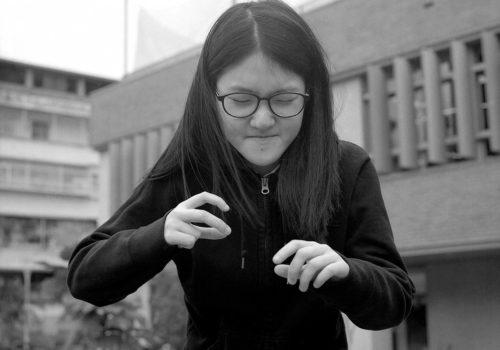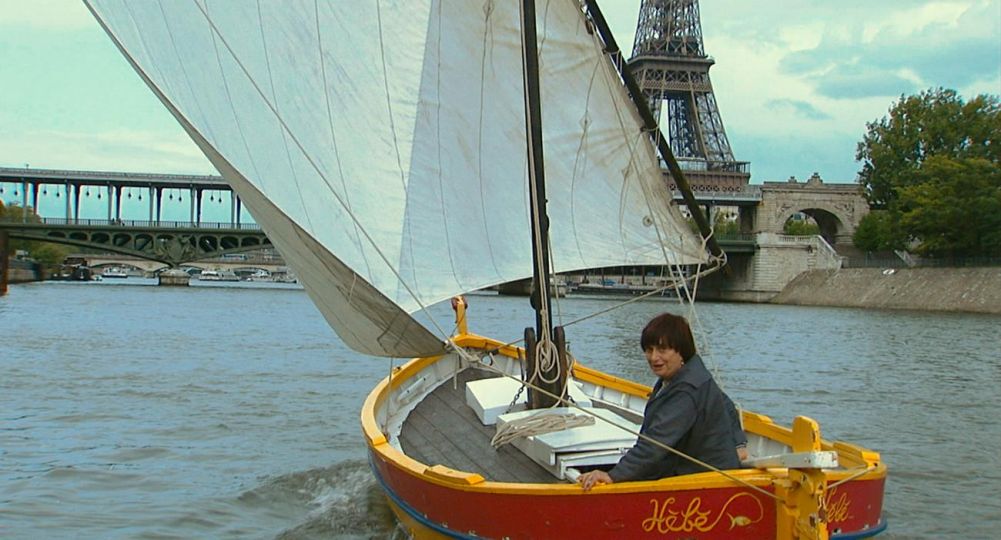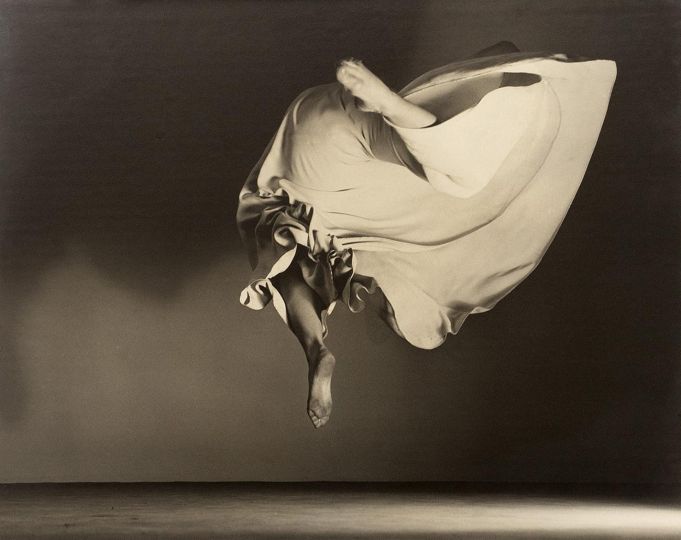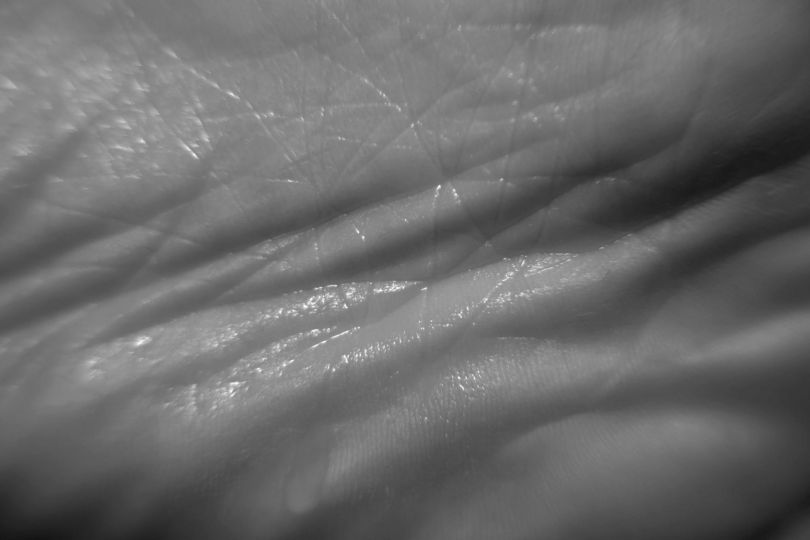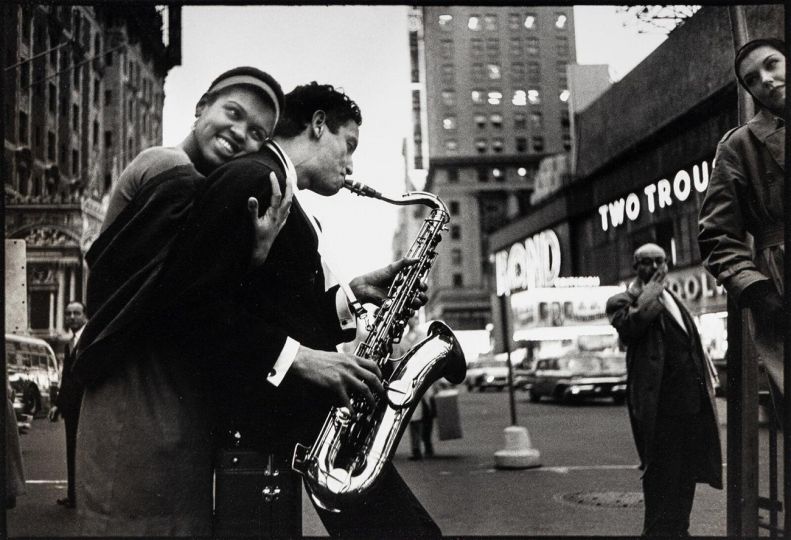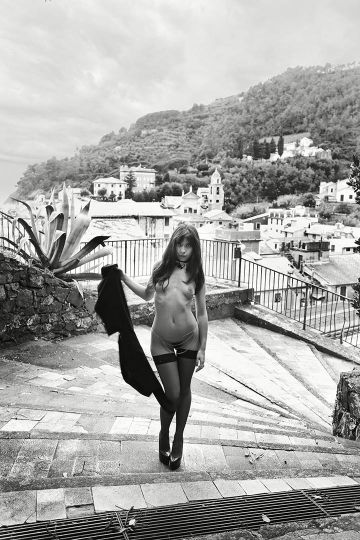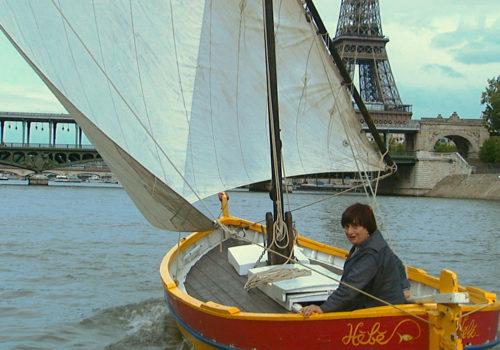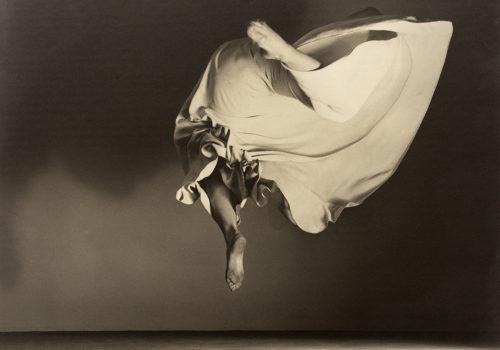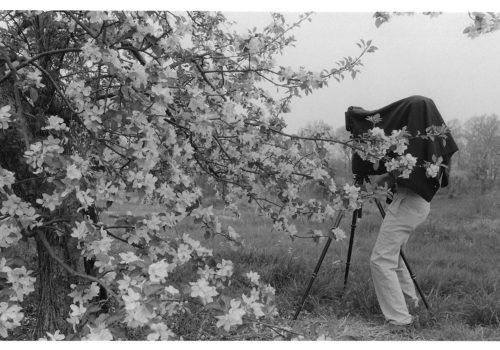One of the basic conditions for the sustainability of civilisation and human existence is the trust and faith in positive development. For the community and the individual, the promise of a more perfect society, a better quality of life and a happier future is the ammunition that makes the trials of the present bearable, meaningful and survivable. Since Sir Thomas More, these imagined, idealised worlds have been called utopias, i.e. no-places. And while the belief in a bright future is essential for the functioning of society, there are similarly strong desires attached to the stability of the existing order. The familiarity of the present feels comfortingly secure, while the obscurity of change is ominous. Negative visions of the future – dystopias – have been an integral part of the spiritual functioning of society since the beginning of history, but it’s the age of industrialisation and modernity when these dark futuristic worlds became familiar and popular. And by today utopias have become a commonplace of the uncertainty of our everyday existence.
Fabricius Anna’s exhibition ‘12 Gestures‘ explores the faith in a bright future through large-scale landscapes and portraits. Her utopian/dystopian landscapes capture the ruins of places and spaces designed for the positive rituals of the (now present) future. Built in the 1970s, the futuristic buildingª complex offered mobility, community togetherness and a high life for the Taiwanese elite, whose brief heyday was ended by the oil crisis. The images of the abandoned living spaces on the exhibition wall place the black-and-white portraits into a negative force field. These portraits display present tense gestures of a desired future. How do they see themselves 10 years from now? Their gestures incorporate the function of hope and orientation, depicting the most idealistic and favourable scenario in a single gesture. But can you call a gesture utopian? These utopias of unlimited possibilities are paralysed by the accelerating changes and crises of our world.
The Futuro houses were designed by the Finnish architect Matti Suuronen in 1968. Taiwanese businessman Su Ming (1922-2000) first saw these type of buildings during a trip to Japan, then traveled to Finland, where he was unable to reach an agreement with the manufacturers. Towards the end of the 1970s, he opted to copy the Futuro and Venturo buildings, and then in the 1980s, he erected a luxury holiday complex consisting of more than 100 buildings near Wanli.
Anna Fabricius (b. 1980) is a media artist based in Budapest. She received her doctoral degree from Moholy-Nagy University of Art and Design MOME in 2015. The core of her art is based on photography, video, text, mixed media. Fabricius’ works have been exhibited in numerous local and international shows and institutions, including Ludwig Múzeum – Museum of Contemporary Art, Hungarian National Gallery, Photo España, Lodz Fotofestiwal. She has participated in residency programs such as Vienna MQ21, RU Residency NY, Taipei Resident Artist or Ostrale21 Dresden. Her photo series can be found in several private collections. In 2021, the Hungarian Standard series was included in the permanent collection of the Ludwig Museum Budapest. Her work has appeared in numerous publications such as The Good Life, BeauxArt Magazine, Fotografisk Tidskrift 6, ParisBerlin, IMAGO and VISION, among others. Anna Fabricius is also a lecturer at MOME University and is represented by TOBE Gallery since September 2021.
Anna Fabricius :12 gestures
April 19 – May 20, 2023
TOBE Gallery
Bródy Sándor u. 36.
Budapest, H-1088
www.tobegallery.hu

